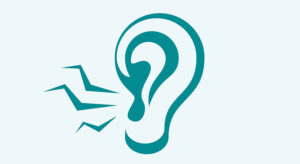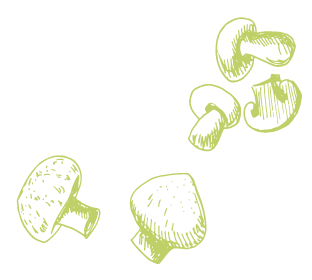
Recognizing Seborrheic Dermatitis
Seborrheic dermatitis (SD) is an inflammatory skin disorder that largely affects infants and adults.1,2 SD often presents with yellow and/or white greasy scaling

Seborrheic dermatitis (SD) is an inflammatory skin disorder that largely affects infants and adults.1,2 SD often presents with yellow and/or white greasy scaling

By Sarabeth Lowe, MPH Ms. Lowe is a Communication Specialist at the University of Delaware Disaster Research Center. A woman leans in toward a

Adopting a gluten-free diet doesn’t mean that grains are off the menu. There are a variety of naturally gluten-free pseudocereals and cereals. This article

By Sarabeth Lowe, MPH Ms. Lowe is a Communication Specialist at the University of Delaware Disaster Research Center. Most of us crave peace and

In observance of Food Safety Education Month, which took place in September, this article discusses facts about food safety, cooking, and food illness prevention

Pumpkin is a nutritional food with multiple health benefits.1 In a 100g serving, pumpkin contains approximately 2mg of calcium, 340mg of potassium, and 44mg
Get free recipes, tips on healthy living, and the latest health news
Get unlimited access to content plus receive 6 eye-appealing, information-packed print issues of NHR delivered to your mailbox.
